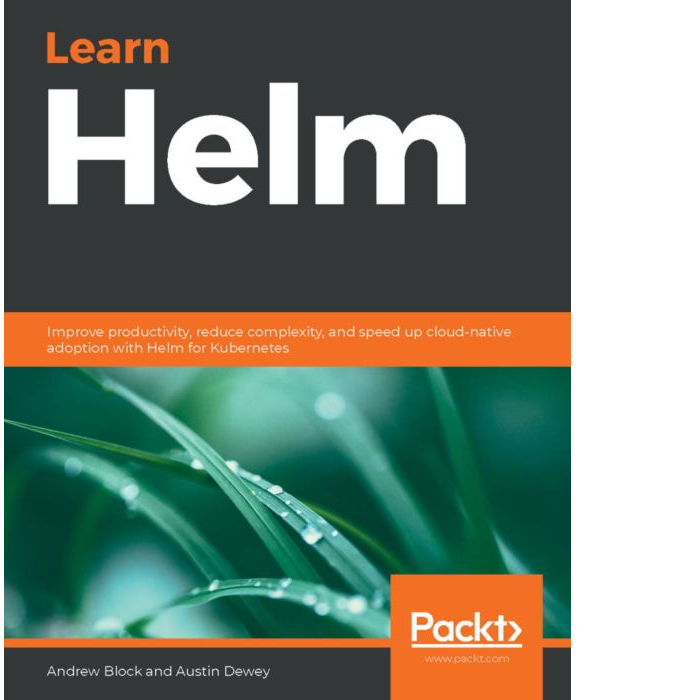Is Your Kubernetes Pod Failing to Start? Here’s a Command to Get Back on Your Feet
Today, I want to talk about how you can get back on your feet if your Kubernetes pods fail to start due to other errors or non-ready statuses, such as ErrImagePull, Pending, and 0/1 Ready. To do this, you can use the kubectl describe command …
Read More







